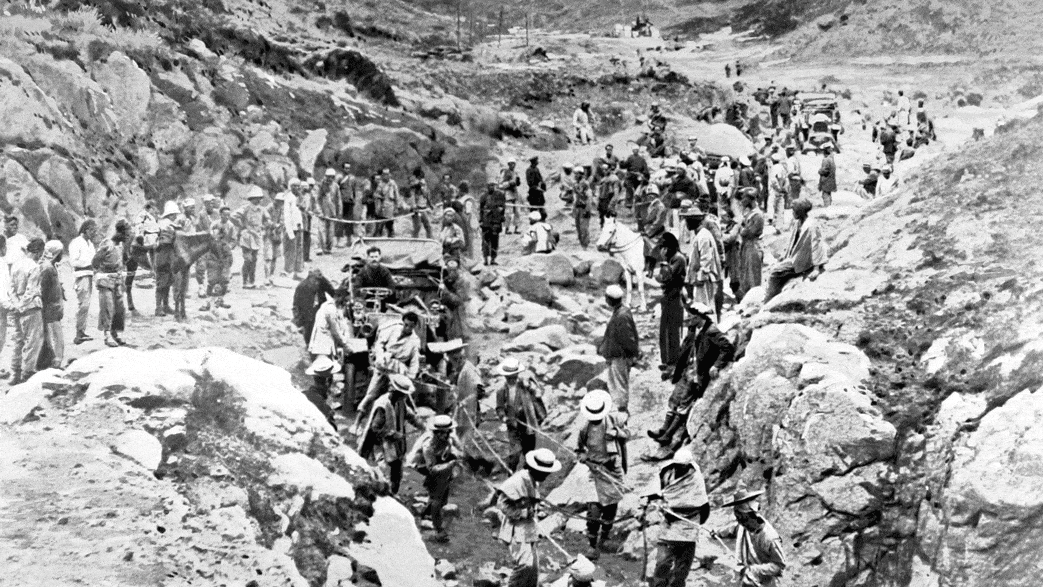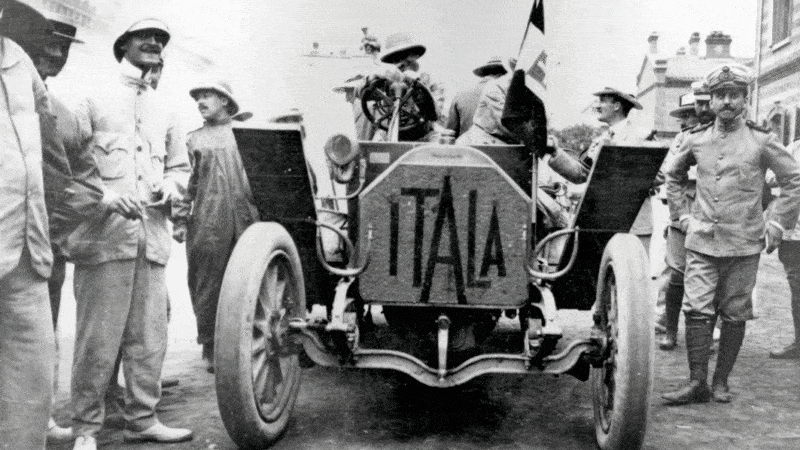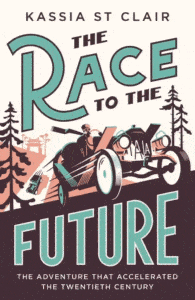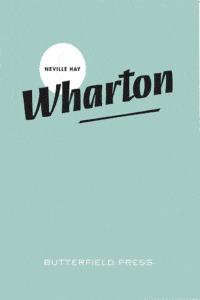1907 Peking to Paris race: The race to the future book review
Montmartre or bust — Gordon Cruickshank reads a new account of the 1907 Peking to Paris race, when the car pushed the boundary of possibility

A can-do attitude was needed in this stage near the Great Wall of China
Radio 4 listeners may have heard some of The Race to the Future – it was Book of the Week – but those 15-minute tranches gave little hint of how far this tale stretches, in area and subject. Much of it isn’t about that gruelling 1907 Peking to Paris race at all; it’s partly a discourse about what this event of pioneer endurance meant at the time, and to posterity. Around her atmospheric re-telling of this famous epic, an evocative tale in itself, Kassia St Clair weaves a historical framework of surprising depths to define the race as a tipping point between the old world and new, when the automobile proved it could be a practical device, not just a plaything, and distance proved to be no barrier to communication. Readers around the world were kept abreast of events by telegraphed reports every few days – even from the wastes of the Gobi Desert.
Sponsored by Paris-based newspaper Le Matin, it is very clear that the intention was to demonstrate the superiority of the French motor industry, so the triumph of Prince Borghese’s Itala was a letdown. St Clair has fun with the French entrants’ communiques implying they were at the princes’s heels whereas the Italian machine was at one point ahead by 2700 miles. Peking to Paris was already an established route for adventure trips by horse, sledge and railway train, but no one imagined it could be done by the nascent motor car. There must have been many moments when exhausted and miserable competitors agreed. Across thousands of miles of roadless terrain, navigating sometimes by heaps of camel bones beside the trail, crews were dragged through bogs by oxen and horses, manhandled their machines over boulders and scrambled for water in muddy pools.

Prince Scipione Borghese arrives in Paris
Getty Images
It was less a challenge than a sheer battle against cold, thirst, mud, impassable rivers and collapsing bridges. And each other: mixed with mutual support and vital assistance from locals are trickery and snobbery which saw group cohesion breaking down through national arrogance and aristocratic superiority. One pair almost died having been “odiously abandoned” by “so-called civilised people”. Balancing the historical context, such as evocative descriptions of Imperial Peking, we find a sense of the characters involved: one is “a sleek otter of a man”, another has “a keen sense of honour and grievance” while the prince is haughty and cold with his inferiors (everyone else). It’s a very different picture from the account Peking to Paris (1908) by Borghese’s travelling companion Luigi Barzini.
St Clair includes an astonishing degree of peripheral research – not just the development of the automobile but digressions on the opium wars, the telegraph network, drilling the first oil well, the rising death toll from cars, and the geopolitical scene: the world was suddenly looking east yet China’s ruling Qing dynasty was in crisis while Russia had experienced a coup four days before the start. She consulted local newspapers in China (one labelled it “a joke akin to a trip to the moon by wireless telegraphy”) and books on street cleaning, etiquette and disease to paint her detailed picture. Who would have thought that there was a Russian car magazine at this point, or that Irkutsk was considered “the Paris of Siberia” – following their struggles across China and Mongolia, surviving competitors relaxed here in comfortable hotels.
Fired by colourful reporting, huge crowds greeted the victors in Paris. It was a truly world event, one St Clair calls “the adventure that accelerated the 20th century”. While it may not have caused such a concrete effect in itself, it did prove that science and engineering were changing the world, and this book shows us how – as well as being a stirring adventure.

The Race to the Future
Kassia St Clair
John Murray Press, £20
ISBN 9781529386059

Autocourse 2023-2024
Edited by Tony Dodgins
In its 73rd year of publication, Autocourse continues to set the standard when it comes to encapsulating the racing season just past. It hits all the usual marks: top 10 Formula 1 drivers (guess who’s number one?), team by team profiles, detailed grand prix reports and summaries of other major codes, plus high-quality photos, print and paper. Features this year include interviews with Adrian Newey, Aston Martin F1 team principal Mike Krack, Fernando Alonso and Zak Brown, plus insight into Michael Andretti’s new-team bid.
The racing world has long since moved on apace to 2024, but completists still adore Autocourse, especially as the fine line-up of writers lifts this heavyweight beyond a dry record of fact. Searching for such detail online just doesn’t cut it in comparison. DS
Icon Publishing, £70
ISBN 9781910584545

Wharton
Neville Hay
Butterfield’s attractive ‘art book’ approach to the car world continues with this monograph on Ken Wharton written by famous commentator Neville Hay who saw him racing 70 years ago and subsequently got to know him well.
It’s very personal, full of stories of the English driver from the ’50s onwards as he moves from speed trials and rallies to hillclimb records, grands prix and wielding a V16 BRM. Unconventional, in that it sounds like spoken reminiscences, and Hay says, “I didn’t want to get into his private life,” but it nevertheless gives some real human insights – that Wharton had a temper and became “childish over the fact that he was getting older”. Again, the firm’s pleasant arty layout frustratingly means no captions with photos though there is an ID at the end, after a thorough list of all Ken’s drives. GC
Butterfield Press, £125
ISBN 9781999632557
